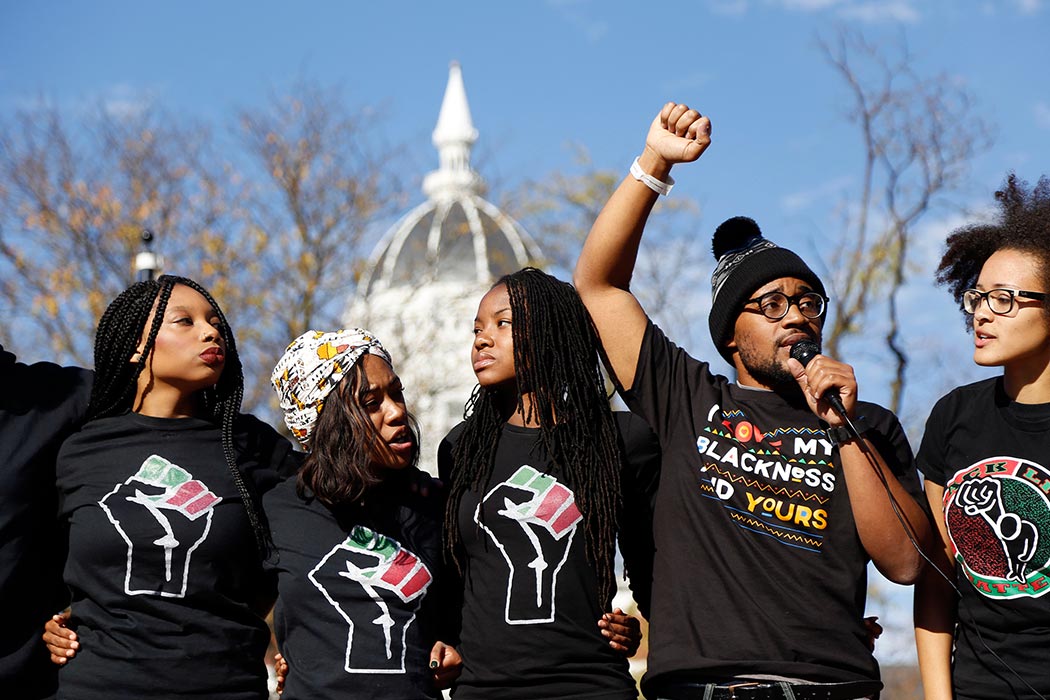The University of Missouri system’s president recently announced his resignation after widespread demonstrations against racist incidents on campus. Meanwhile, at Yale, a public conversation about racially insensitive Halloween costumes escalated to widely publicized protests.
A lot of the coverage of these events centers on political correctness and free speech. But these arguments often lose sight of the underlying reasons for the demonstrations. At both MU and Yale, they’re less about particular racist incidents than climates at historically white campuses that leave black students feeling unwelcome.
A 2011 paper by Kimberly A. Griffin, Meghan J. Pifer, Jordan R. Humphrey, and Ashley M. Hazelwood looked at campus racial tensions through the lens of black professors’ experiences.
The authors interviewed 28 black professors at two public research universities where about two thirds of the faculty were white and two to five percent were black.
Most study participants at both locations felt strongly that their racial backgrounds greatly influenced their lives on campus, including their sense of belonging and their opportunities for promotion and tenure.
One professor recalled having a white, male colleague comment that she wouldn’t “really have to work that hard because you’re a black woman. It’s handed to you.” Another was told by a fellow faculty member that her braids were unprofessional. A third respondent found his colleagues questioning the validity of his scholarship, which touched on racial issues in his field of study. When he came up for tenure review, he said he faced challenges based partly on the fact that many of his outside referees were black.
The study’s participants also noted how few black faculty members each campus had—something that left them feeling both conspicuous and isolated from people with similar experiences.
Some of the professors responded by withdrawing socially from colleagues in their departments, spending more time with fellow African-American professors from other parts of the university or with friends and colleagues outside the college. Others put special effort in avoiding behaviors that might be seen as “inappropriate,” including speaking out on political issues. One black professor said scholarship on racial issues is often devalued. “You have to be twice as good as people who work in other areas, and you have to publish in places that are twice as high [in status], and you have to do more of it,” he said.
At the same time, study participants said they often agreed to serve on university committees as mentors for students out of a desire to combat institutional racism. One professor said she signed up for a committee “to be a kind of a presence for faculty of color… remarkable things could get said sometimes that I found intolerant. And if you’re not there to kind of catch them, things just go unchallenged.”
Racial issues are clearly a pervasive part of professors’ experiences on campus, and undoubtedly the same goes for students. That’s something we should all keep in mind when we think about how protests against racist acts play out.







